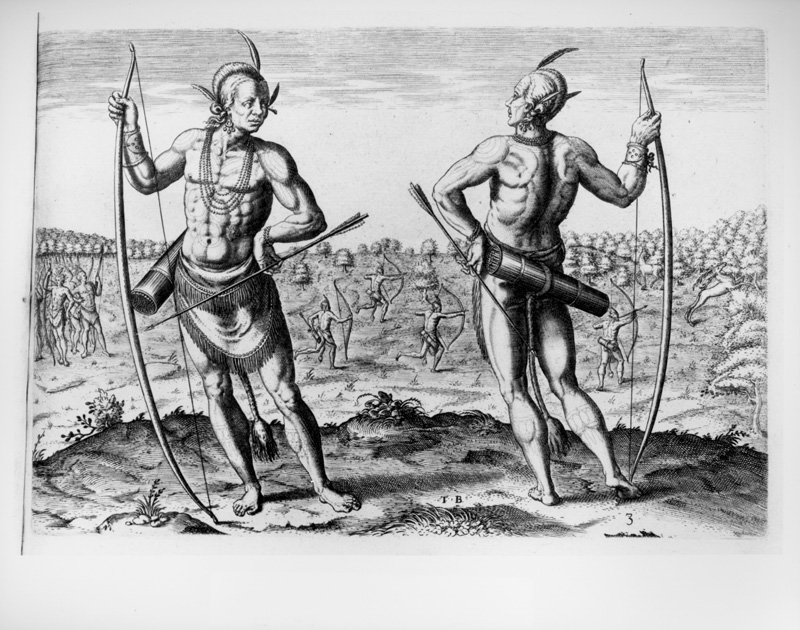
Share This Article On Social Media:
Explore Similar Categories:
Middlesex in the 1600s
The Saluda Cultural and Historic District will be celebrated in a series of displays as part of an
exhibition opening in March in the Visitor Center of the Museum. A Timeline, divided into
centuries, will overview different central themes taking place in Middlesex. A variety of maps,
illustrations, and artifacts with be showcased in the exhibit.

Native American Communities
Beginning in the 1660s, discussion will center around the early Native American communities
established in our geographic area prior to English settlement. Recorded on John Smith’s map
of 1608 and his journals of the time, two old Nimcock Indian towns were located within the
land grant of Rosegill and “Payankatanke” an Indian kings’ residence was located on Jackson
Creek. With the arrival of the English came much friction with the local native peoples.
Unfolding over the course of some 40 years after the Jamestown settlement, it is recorded as a
First Indian massacre of 1622, a Second Indian massacre of 1644 and finally in 1646, the
establishment of a Treaty with the Powhatan Confederacy.
Original English Land Grants
The first land grants in the new Colony of Virginia for our geographic area were given to John
Matrum, Gent. (Mottrom) as 1,900 acres to become Barn Elms on the Piankatank River. August
1642 saw a land patent for Bland’s on the Piankatank. October 13, 1642 the first land patents
on the Rappahannock River were given to John Benton for 1,250 acres and two more smaller
grants in November and December. In 1649 a land grant was given to Ralph Wormeley for
3,200 acres which become Rosegill. And then four more land grants were made in 1649. The
footprint of the county of Middlesex is born.
Henry Perrott and Nesting
Henry Perrott was instrumental in establishing Middlesex County as separate from Lancaster
County. His home “Nesting” was built on land deeded Jan 12, 1655 and is believed to be the
oldest standing home presently in the County. Three generations of the Perrott family were
involved in running the new county. Their family crest is held within our own county logo.


